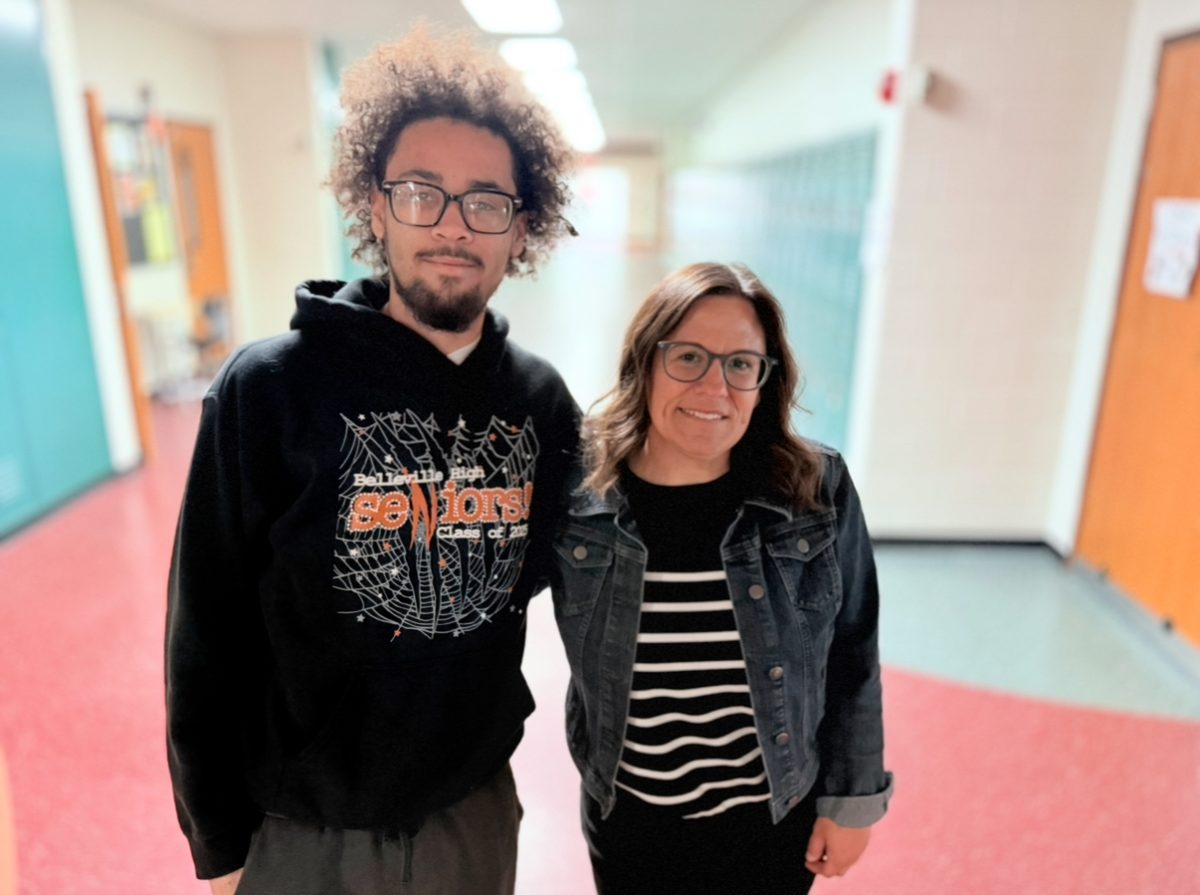The COVID-19 pandemic brought challenges nobody predicted, not only in public health but also in the economy. As countries imposed quarantines, inflation rates surged, leaving high school students trying to prepare themselves for adult life at a huge disadvantage.
The pandemic caused significant disruptions in global supply chains. Lockdowns and restrictions halted production and transportation, leading to shortages of various goods. Demand for items like home improvement supplies, electronics, and groceries surged as people stayed home. This imbalance between supply and demand drove prices higher. Additionally, many workers were laid off or opted not to return to their jobs due to health concerns or childcare responsibilities, resulting in labor shortages in essential sectors and further driving up prices. According to Worldbank.com, “The COVID-19 pandemic sent shock waves through the world economy and triggered the largest global economic crisis in more than a century.”
For young adults graduating high school and entering the job market, the rising cost of living means their starting salaries may not stretch as far as they once would have. Housing, transportation, and everyday expenses have all increased. While many graduates are considering further education, soaring tuition and living costs may lead them to accumulate more debt than previous generations. The job market is increasingly competitive, and entry-level positions often fail to offer salaries that keep pace with inflation, making it challenging for young adults to achieve financial independence. As a result of these higher costs and stagnant wages, it may be difficult for young adults to save money or invest for the future, ultimately limiting their long-term financial stability.
Belleville High School students have been affected by inflation recently. Bobby Frierson, a student-athlete said, “Since I started driving, I’ve had to use most of my money from work on gas.” I asked another student, who does not drive, how inflation has affected them, and they anonymously said, “I used to be able to buy a lot of clothes with $300, but now I can barely buy a pair of shoes with that.” This shows that even though these students still live at home they already are feeling the effects of inflation. The products they purchased were from two completely different industries too, showing that inflation hasn’t only affected one market.
The economic repercussions of the pandemic continue to affect young adults as they step into a world marked by inflation and uncertainty. As they navigate this challenging landscape, policymakers and society must consider how best to support this generation, ensuring they have the tools they need to thrive in an increasingly complex economic environment.




